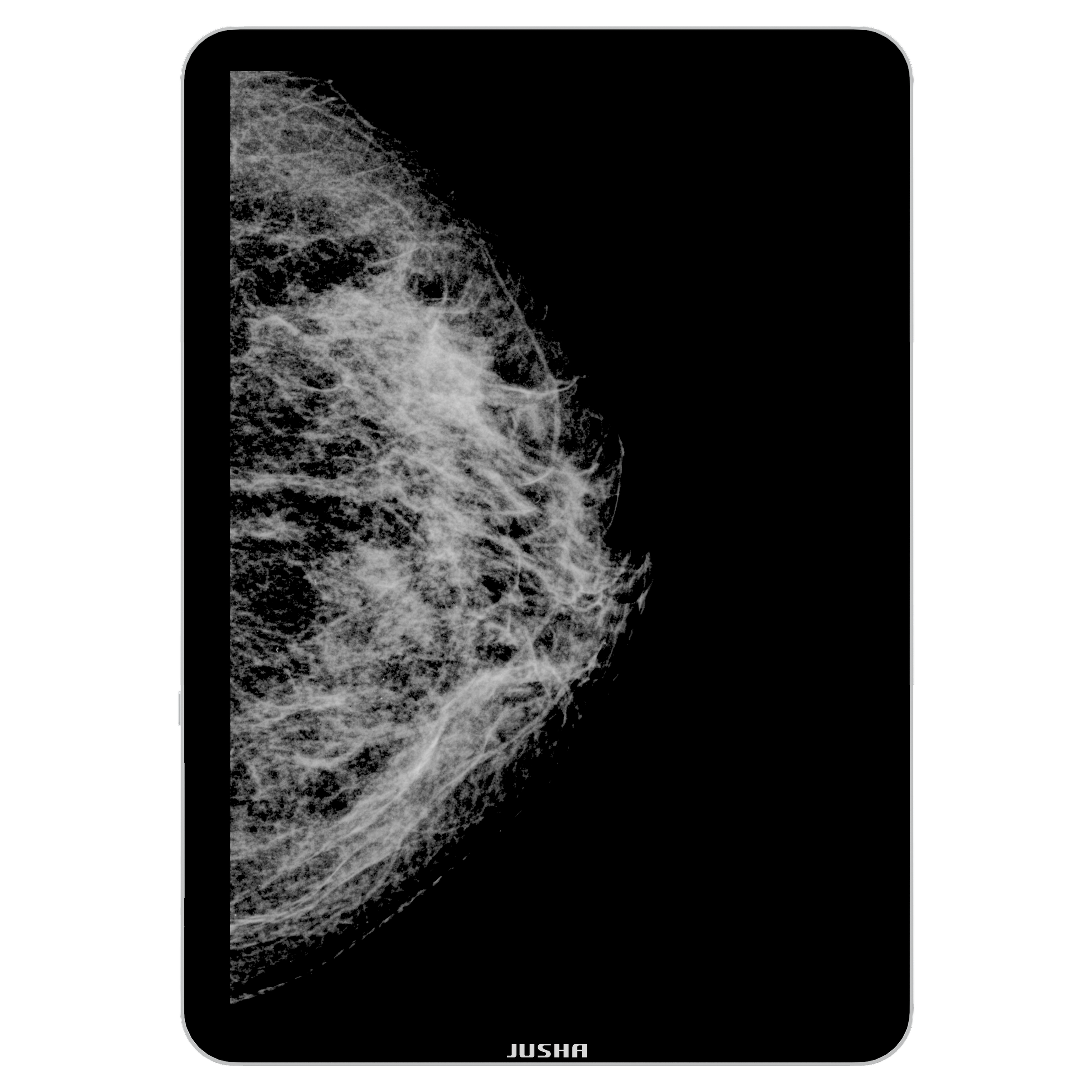What is DICOM calibration?
DICOM calibration refers to the process of adjusting a medical display (usually used for X-ray, CT, MRI, etc.) to match the DICOM Part 14 Grayscale Standard Display Function (GSDF). This ensures that the grayscale brightness levels on the monitor accurately reflect the image data—a critical requirement for diagnostic accuracy in radiology.
🧠 What Is DICOM?
• DICOM = Digital Imaging and Communications in Medicine.
• It’s a standard for handling, storing, transmitting, and displaying medical imaging information.
• Part 14 of DICOM defines the Grayscale Standard Display Function (GSDF) for consistent grayscale perception across displays.
🎯 What DICOM Calibration Does:
1. Measures the monitor’s luminance response (brightness at different gray levels).
2. Adjusts the display’s gamma curve so that each gray level step appears visually uniform to the human eye.
3. Ensures diagnostic monitors display images consistently across different devices and conditions.
🧪 How It’s Done:
• Hardware calibration:
• A calibration sensor (built-in or external) measures luminance at various grayscale levels.
• Calibration software:
• Adjusts the look-up table (LUT) in the monitor or graphics card.
• Conforms the display to DICOM GSDF.
• Verification:
• After calibration, a verification step ensures compliance with GSDF.
🏥 Why It Matters in Radiology:
• Subtle contrast differences in medical images (e.g. tumors, fractures) rely on accurate grayscale rendering.
• Uncalibrated monitors can lead to misinterpretation or missed diagnosis.
• TGA, FDA, and CE require DICOM-calibrated displays for primary diagnosis.
🔧 Maintenance:
• Regular calibration (e.g. monthly or quarterly) is required for medical-grade monitors.
• Many high-end monitors (e.g. from Jusha, Barco, Eizo) include auto-calibration sensors.
✅ Summary:
Feature DICOM Calibration Ensures
Grayscale accuracy Uniform image brightness
Diagnostic reliability Consistent interpretation
Regulatory compliance Meets TGA/FDA/CE standards
Clinical trust Visual consistency over time


